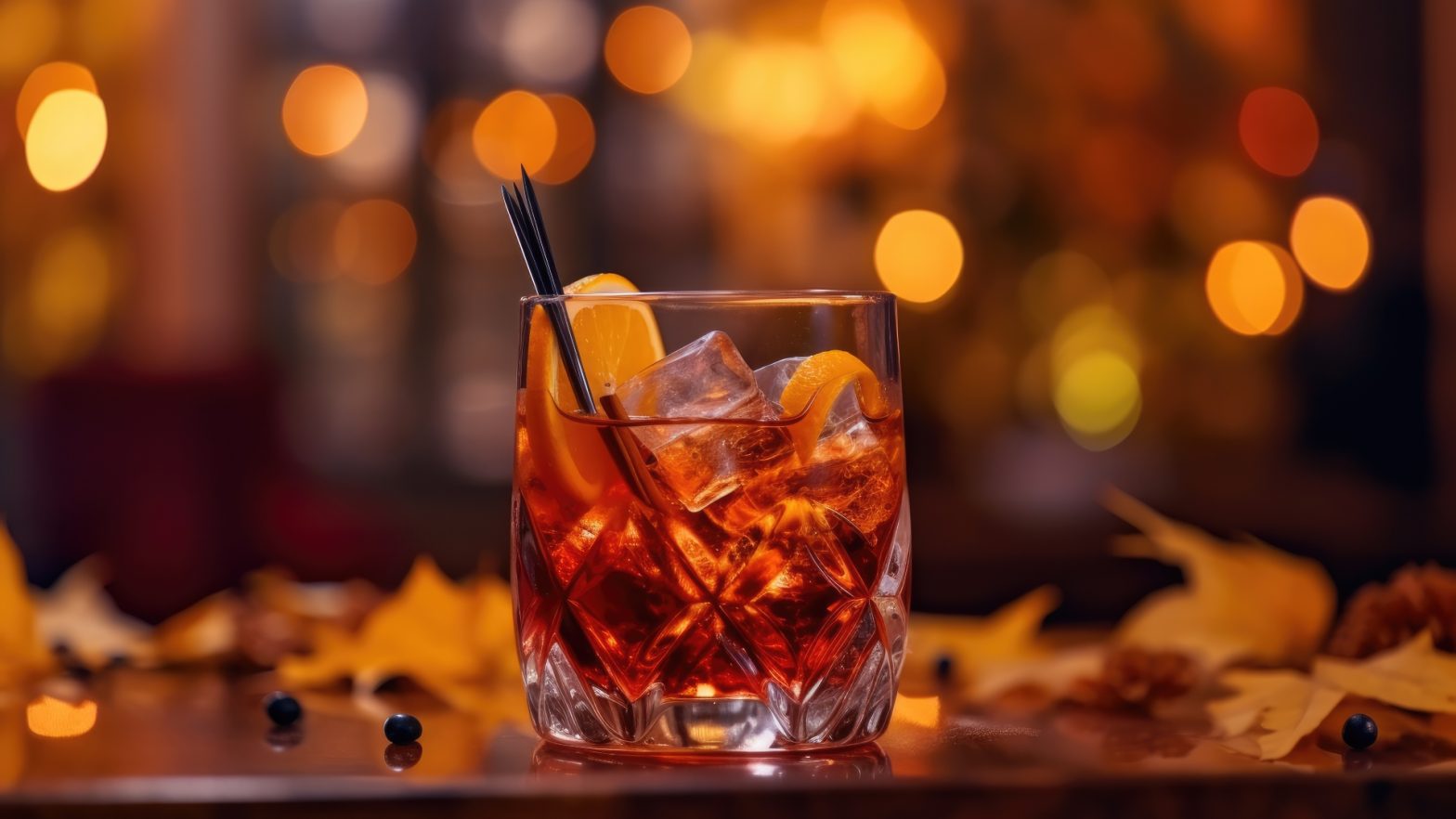
One of the most interesting things about tea is that it is almost universal. Apart from a couple of exceptions, across the world, there are only two main root words used for tea – tea (or te) or cha. In most places you visit, you’ll probably be able to find a version of one of the two.
When looking at tea traditions, on the other hand, you’ll find that many countries will have different approaches to tea, from types served to methods of preparation and sometimes entire ceremonies.
UK
What was originally introduced in the 17th century by the East India Trading Company is now widely recognised as a national drink of the UK. We drink roughly 100 million cups of it every day.
The traditional ‘afternoon tea’, however, didn’t become a trend until much later during the 19th century. As the story goes, Anna, the 7th Duchess of Bedford and well-known socialite, would get hungry in the late afternoon and complain of a ‘sinking feeling’ whilst waiting for dinner. Her answer to this was to take tea served with light snacks, first privately and then with friends. The occasion would soon become very fashionable in high society.
These days tea tends to be served a little less formally, with large mugs that carry as much tea as possible used in place of dainty china cups and plenty of biscuits for dunking.
Afternoon teas such as the ones Lady Anna would have enjoyed have become trendy again in recent years. For most, they tend to be for special occasions with all manner of pastries, cakes, and sandwiches, rather than an everyday occurrence. Although, in testament to the enduring love of tea, the UK now celebrates Afternoon Tea Week which takes place in early August.
Japan
While you will find tea casually served in Japan, it can also be a rather important event. Tea ceremonies have a lot of meaning within Japanese culture and date back to the 9th century when the Buddhist monk Eichu brought it back from China and served it to Emperor Naga. At first, tea was mainly drunk by the upper class but then gained popularity amongst all social classes in the Muromachi period from 1333–1573. While tea parties became a way for people to show off their knowledge, other rituals were being developed that had a much stronger focus on spirituality – what we would go on to know as tea ceremonies.
These ceremonies are sometimes condensed for time, but are otherwise formal events with several steps, usually in this order:
- Guests will purify themselves by washing their hands and rinsing their mouths before entering the tea room.
- They are then served a multi-course meal.
- The guests then leave while the host cleans the room and begins to prepare the tea.
- The guests are summoned back in, where they will purify themselves once more.
- Every object used in the tea ritual will have also been purified, and when it’s ready, a single bowl of tea will be given to the first guest to sip from. The same bowl is passed around to all guests, with each bowing and thanking the host. When doing this, it is good etiquette for guests to pick up the bowl with their right hand, and then place it in their left to drink from.
- When the tea in the bowl has gone, guests may finish the ceremony there or continue with a new round.
In taking part in a tea ceremony, for a few hours, you leave the world behind and escape your worries for a place of peace, harmony, and fellowship. A mindset that is known in Japan as wabi-sabi.
China
According to legend, tea drinking started in China all the way back in 2737 BC. It’s said that Emperor Shen Nung was sitting underneath a Camellia sinensis tree when a few leaves fell into his boiling drinking water. Curious herbalist as he was, the emperor decided to try the accidental infusion and voilà, tea was born.
It’s thought that the tea ceremonies that have become so popular in Japan found their roots in the Chinese tea rituals described in Ch’a Ching (Tea Classic), the first book about tea written during the 8th century.
Taking philosophies from Taoism, Buddhism, and Confucian, Chinese tea ceremonies are centred around peace, mindfulness, and appreciation.
Many different types of tea ceremonies can be found across China, the most famous of which is the kung fu tea ceremony, sometimes known as gong fu. Similar to Japanese tea ceremonies, there are multiple steps in preparing and serving the tea.
- The tea room or space will be prepared by cleaning and clearing it of any distractions. Sometimes incense will be burned to set the mood.
- Guests will purify themselves by washing their hands.
- The tea is then scooped into the tea box (cha he) and passed around for all guests to look at, smell, and appreciate.
- The teaware is then heated before the brewing process begins.
- When the tea is ready, it is decanted into a bowl (cha hai), which ensures all guests will enjoy the same cup of tea rather than some receiving a stronger or weaker brew.
- Tea is then distributed into teacups for each guest, who should take time to enjoy the tea slowly, appreciating the scent and taste.
- The ceremony continues for many infusions depending on the tea. Then, when guests are finished, they should turn over their cups, place them on the tea table, and give gratitude to the server.
In Chinese tea ceremonies such as gong fu, the tea set and utensils used are incredibly important, and are often considered as being works of art.
India
According to historical records, tea has been drunk in India as far back as 750 BC but mostly as a cooking ingredient or medical supplement. Industrial tea production didn’t arrive in India until the 19th century when Britain, which had colonised India, was in conflict with China. Unable to satiate their thirst with Chinese-grown tea, Britain turned to producing it in India, first in the fields of Assam. Tea drinking in India wouldn’t really catch on, however, until the early 20th century, when tea producers started to focus on the domestic market.
While at first this was prepared according to British methods, Indian people would soon put their own twist on it by boiling the tea with milk and a selection of spices such as cardamom, cinnamon, and ginger.
Like China, however, the origins of chai are also surrounded by the legend of an Indian king who had trouble remaining alert during arduous court sessions. He began to boil the leaves of the tea plant with water and spices to keep himself awake so he would be seen as a good leader. Chai would then soon become the favoured drinker of workers across the country. Today, the drink is known as masala chai and is sold all over by vendors known as chai-wallahs.
South America
While the Camellia sinensis plant was introduced to many parts of South America by Spanish and Portuguese colonists in the 17th century, many countries also made tea from a plant called yerba maté.
Thought to have been discovered by the indigenous peoples of Paraguay and Southern Brazil, it was said that the herb came “from the gods” to help boost stamina. Yerba maté was largely used as a medicinal drink, or as a part of religious and tribal ceremonies.
While the preparation and drinking of yerba maté can vary, it remains an intrinsic part of many cultures across South America. Traditionally, the ceremony is performed by a group of people. The tea is prepared in a gourd and rather than being strained, it is drunk through a metal straw known as a bombilla, which is passed around the group – although modern preparation methods are also used these days.
In Argentina, yerba maté is often served alongside sweet pastries for breakfast or in the afternoon – a sort of afternoon tea, if you will.
Over thousands of years, it’s fascinating to think about how tea or variations of tea have been found in cultures across the world. A warming chai, invigorating yerba maté, relaxing matcha, or just a good ol’ cuppa – the one thing that seems to unite tea wherever you go is appreciation.
Whether in a meditative tearoom, in a café, or around the kitchen table, taking a moment to sip tea is a chance to appreciate the time shared with our loved ones and friends – and of course, to enjoy the drink itself.











































